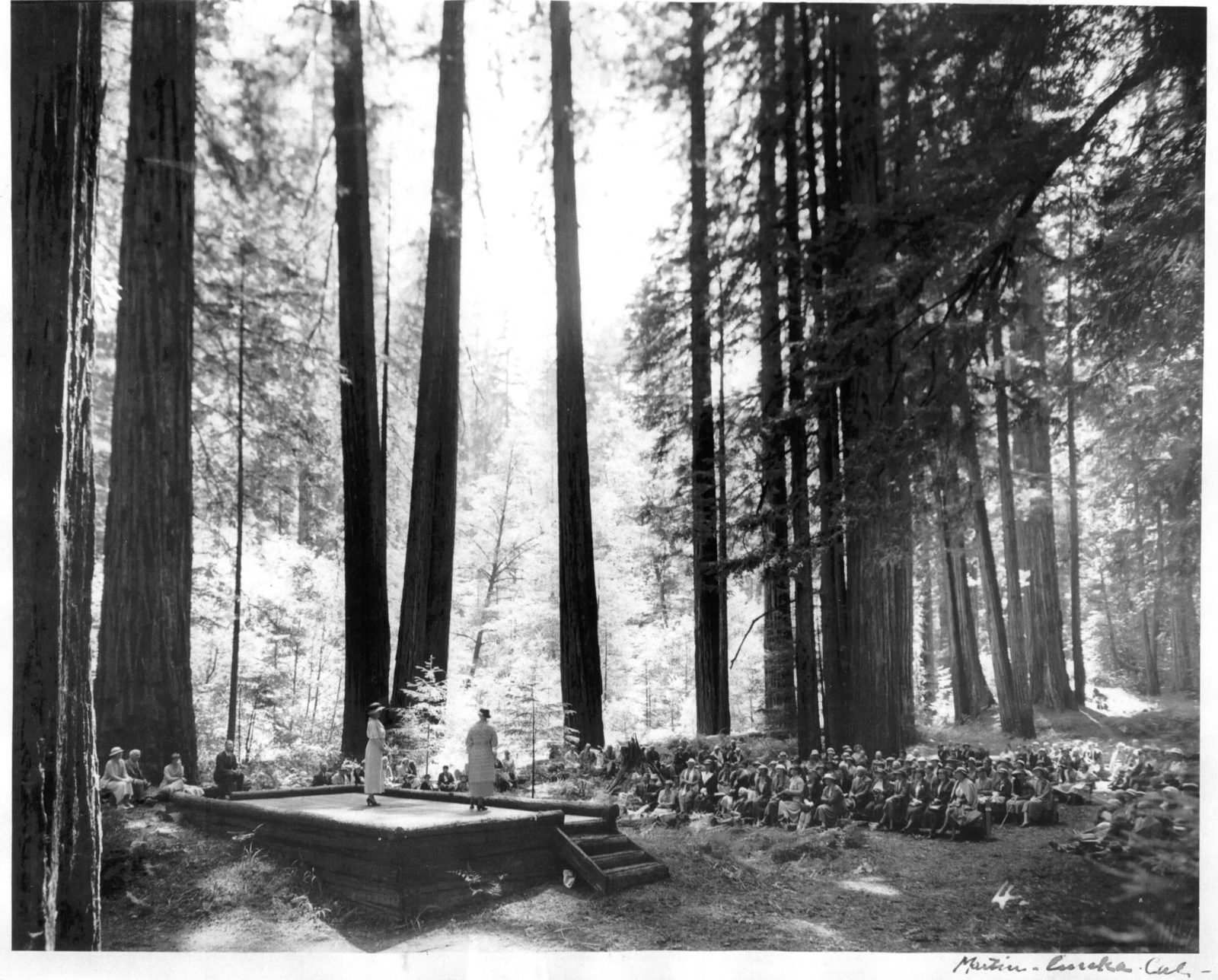Report on the Documentary “One But Many” and Its Alignment with Sustainable Development Goals (SDGs)
Introduction
Freestyle Digital Media, the digital film distribution division of Byron Allen’s Allen Media Group, has acquired One But Many, a documentary addressing the escalating conflict between humans and wildlife globally. The film, directed by human-wildlife coexistence advocate Janna Giacoppo, will premiere on June 29 at the Dances With Films festival in Los Angeles.
Documentary Overview
One But Many was filmed on location in Kenya and other regions, highlighting the intensifying global crisis of human-wildlife conflict. The documentary exposes the detrimental impact of trophy hunting industries and policy decisions by the U.S. and African governments on both communities and wildlife. It also showcases successful coexistence models in parts of Kenya where trophy hunting has been banned for decades.
Emphasis on Sustainable Development Goals (SDGs)
The documentary aligns strongly with several United Nations Sustainable Development Goals, including:
- SDG 15: Life on Land – By addressing human-wildlife conflict and promoting coexistence, the film advocates for the conservation of terrestrial ecosystems and biodiversity.
- SDG 1: No Poverty – Supporting community-led solutions helps improve livelihoods and reduce poverty in affected regions.
- SDG 11: Sustainable Cities and Communities – Encouraging coexistence models fosters sustainable community development and resilience.
- SDG 13: Climate Action – Protecting wildlife and ecosystems contributes to climate change mitigation and adaptation.
Human Wildlife Project and Community-Led Conservation
Janna Giacoppo is the founder of the Human Wildlife Project, a nonprofit organization dedicated to supporting community-led solutions to human-wildlife conflict worldwide. The organization emphasizes locally led conservation initiatives that enable both people and animals to thrive together, directly contributing to the achievement of SDGs.
Key Messages from the Documentary
- The false dichotomy between choosing people or wildlife is challenged; instead, the focus is on empowering systems that protect both.
- The narrative is reclaimed by highlighting the voices of communities often ignored in global discussions.
- Successful coexistence with large wildlife such as lions and elephants in resource-limited communities serves as a model for living harmoniously with other species like coyotes and wolves.
Production and Release Information
- Co-producers: Maya Moravec and Dr. Lorinda Hern
- Executive Producers: Jim Greenbaum and Antonio M. Oftelie
- Theatrical and digital/streaming release dates will be announced later.
- Freestyle Digital Media negotiated the acquisition directly with filmmaker Janna Giacoppo.
Visual and Multimedia Content

Trailer
Watch the official trailer for One But Many below:
1. Sustainable Development Goals (SDGs) Addressed or Connected
- SDG 15: Life on Land – The article focuses on human-wildlife conflict, conservation, and coexistence, which directly relates to protecting, restoring, and promoting sustainable use of terrestrial ecosystems.
- SDG 12: Responsible Consumption and Production – The article discusses the trophy hunting industry and its impact, which connects to sustainable management and efficient use of natural resources.
- SDG 16: Peace, Justice, and Strong Institutions – The article highlights policy decisions and governance issues related to wildlife conservation and community rights.
- SDG 1: No Poverty – The article emphasizes community-led solutions and the importance of supporting communities with few resources, linking to poverty alleviation.
- SDG 17: Partnerships for the Goals – The article mentions collaboration between governments, communities, and organizations, reflecting partnerships to achieve sustainable development.
2. Specific Targets Under Those SDGs
- SDG 15 Targets:
- 15.1: Ensure the conservation, restoration, and sustainable use of terrestrial and inland freshwater ecosystems and their services.
- 15.7: Take urgent action to end poaching and trafficking of protected species of flora and fauna.
- SDG 12 Targets:
- 12.2: Achieve the sustainable management and efficient use of natural resources.
- 12.8: Ensure that people have relevant information and awareness for sustainable development and lifestyles.
- SDG 16 Targets:
- 16.6: Develop effective, accountable, and transparent institutions at all levels.
- 16.7: Ensure responsive, inclusive, participatory and representative decision-making.
- SDG 1 Targets:
- 1.4: Ensure that all men and women, particularly the poor and vulnerable, have equal rights to economic resources and access to basic services.
- SDG 17 Targets:
- 17.16: Enhance the global partnership for sustainable development.
3. Indicators Mentioned or Implied to Measure Progress
- SDG 15 Indicators:
- 15.1.1: Forest area as a proportion of total land area (implied through conservation efforts).
- 15.7.1: Proportion of traded wildlife that was poached or illicitly trafficked (implied by the discussion on trophy hunting and wildlife protection).
- SDG 12 Indicators:
- 12.2.1: Material footprint, material footprint per capita, and material footprint per GDP (implied by sustainable use of resources).
- 12.8.1: Extent to which people are aware of sustainable development and lifestyles (implied by community-led initiatives and awareness).
- SDG 16 Indicators:
- 16.6.2: Proportion of the population satisfied with their last experience of public services (implied through governance and policy decisions).
- 16.7.2: Proportion of population who believe decision-making is inclusive and responsive (implied by community involvement).
- SDG 1 Indicators:
- 1.4.1: Proportion of population living in households with access to basic services (implied by community support and resources).
- SDG 17 Indicators:
- 17.16.1: Number of countries reporting progress in multi-stakeholder development effectiveness monitoring frameworks (implied by partnerships and collaborations).
4. Table of SDGs, Targets, and Indicators
| SDGs | Targets | Indicators |
|---|---|---|
| SDG 15: Life on Land |
|
|
| SDG 12: Responsible Consumption and Production |
|
|
| SDG 16: Peace, Justice, and Strong Institutions |
|
|
| SDG 1: No Poverty |
|
|
| SDG 17: Partnerships for the Goals |
|
|
Source: deadline.com







